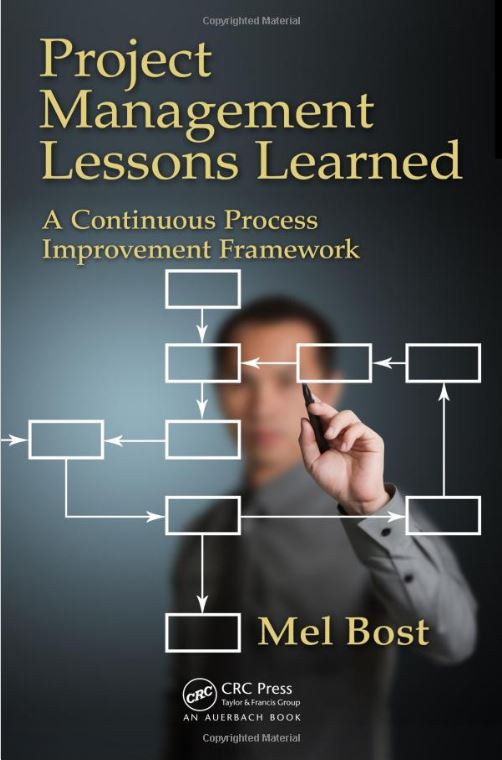Every project manager has been faced at one time or another with capturing, documenting and sharing lessons learned from projects. Besides being a PMBOK Best Practice, it is also a recognized activity by most larger project management organizations and communities in modern project work.
The focus of most project lessons learned activities is on the project itself. What did the project team learn about its project behavior and actions that could be captured for future project managers to benefit from in the project community? Very little work has been done on the other major contributing factor in project lessons learned however. This is of course the “project environment.” Every project is subject to a project environment created by the organization and the external environment in which people function everyday. The neglect of the project environment as a major factor in driving team behavior and influencing outcomes and project lessons learned means that the focus on continuous improvement in the project community has been almost exclusively on the lessons learned from individual completed projects.
However, the potential exists for far reaching leveraging actions to be taken regarding the project environment and the “structure” of that environment that could benefit all future projects as well as provide meaningful insights into project team behavior. And the resulting implications for Knowledge Management are just as great. Knowledge focused on the project environment can provide insights into how we design future project communities which are robust, productive, team inspiring and which lead to greater success for all projects.
This was the subject of my paper presentation at the 3rd Knowledge and Project Management Symposium (KPM) in Tulsa in August 2008. Using some “systemic thinking” principles from Peter Senge and Daniel Kim, I looked at several projects in a corporate environment that were “playing in the same space.” In other words, they were subject to the same project environmental “structure,” policies and procedures. The project team behavior in each case was driven by that “structure” or by the policies in place. So the leveraging factor in improving the performance of those project teams and the projects resided in an examination of the project environment.

Thanks for the post, Mel. Keep driving the point home – we would rather not step in the same er, stuff, over and over again. It helps if we put up a flag that says, DON’T STEP IN THIS STUFF, doesn’t it!
Rich
Thanks Rich. I think the point is that we will always be stepping into it to some extent because the players and circumstances change enough over time that people don’t remember and can’t react as they should. But if we can get more people to think “systemically” about the effects of their actions, perhaps we can counter some of the effects and impact.